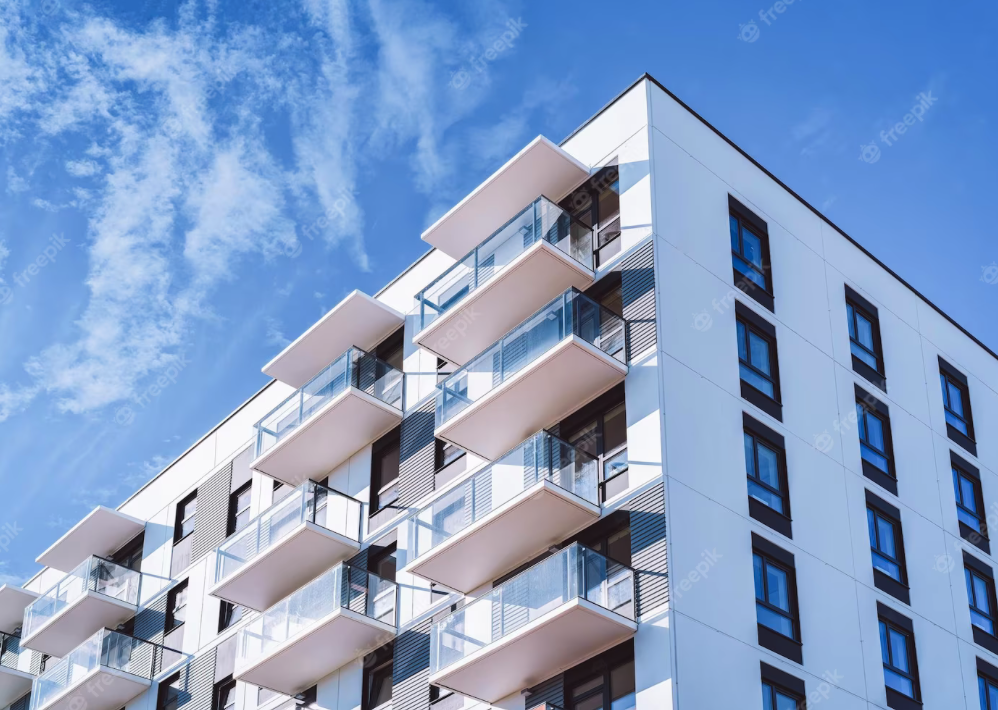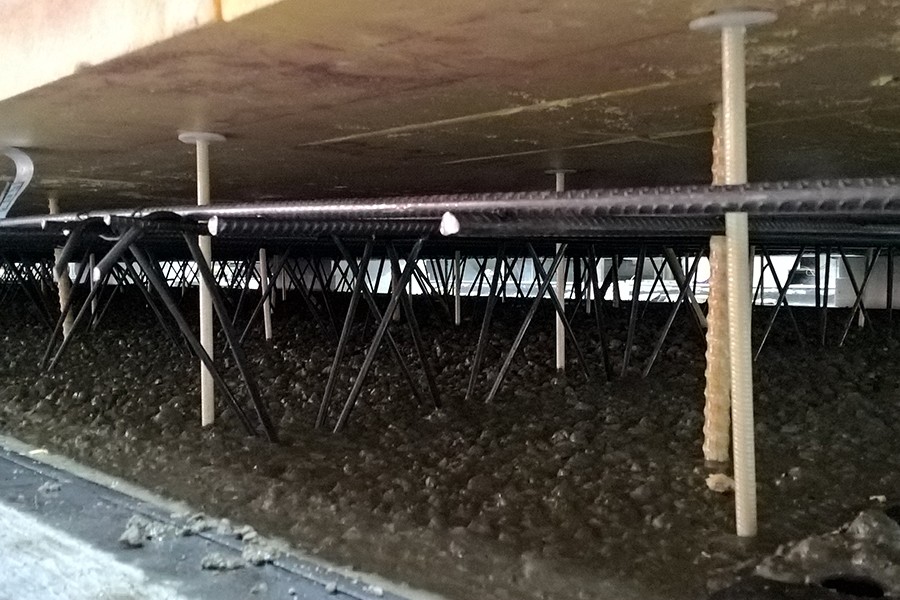
Understanding Thermal Bridges and Breaks in Building Construction
When it comes to building thermics, understanding the concepts of thermal bridges and thermal breaks is crucial. These factors have a significant impact on energy consumption and living comfort in buildings. In this blog, we will delve into the definition of thermal bridges and thermal breaks, their effects on energy efficiency, and the importance of addressing them in building design.

What are Thermal Bridges and Thermal Breaks?
A thermal bridge occurs when there is a break or weak spot in the building envelope that allows heat to escape unintentionally or permits cold bridges to enter the building. On the other hand, thermal breaks refer to areas where thermal insulation is inadequate, allowing the cold to infiltrate the building from the outside. Both thermal bridges and thermal breaks can lead to increased heat loss, negatively impacting the energy efficiency of buildings.
Understanding the Effects of Thermal Bridges:
Thermal bridges not only contribute to increased energy consumption but also have other undesirable effects. As heat flows more rapidly through these areas, the surface temperature of the walls decreases, leading to discomfort and drafts within the room. Additionally, condensation may occur on the interior walls due to temperature differentials, creating an environment that fosters mould growth. It is crucial to identify thermal bridges early on and implement appropriate measures to ensure a comfortable indoor climate and prevent potential structural damage.
Types of Thermal Bridges:
Thermal bridges can manifest in various forms. Material-related thermal bridges result from poorly-insulated building materials, while geometrically induced thermal bridges occur due to the shape or arrangement of building components. Common locations for thermal bridges include windows, roof junctions, and ceiling tiles. By addressing these areas, it becomes possible to minimise the negative effects of thermal bridges and improve energy efficiency.
Solutions for Thermal Bridges:
In precast concrete construction, B.T. innovation offers intelligent and effective system solutions for thermal insulation. Their ThermoPin system is specifically designed for reinforced concrete walls, sandwich walls, and monolithic multi-layer walls. By implementing the ThermoPin system, it becomes easier to achieve thermal bridge-free structures and enhance energy efficiency in construction projects.
Addressing Structural Thermal Bridges:
Structural details such as balconies and projections often introduce thermal bridging challenges. To combat heat loss and reduce the risk of condensation and mold, the Max Frank Egcobox® provides an effective solution. Egcobox® thermally insulated cantilever connectors ensure structural safety while minimising thermal bridging. Architects, engineers, and builders can rely on Egcobox® to design balconies, cantilever beams, walls, parapets, and other building elements that protrude through the insulated building envelope.


When it comes to identifying and resolving thermal bridging issues, SDG stands ready to assist. Our experienced team of experts is available to provide guidance and support throughout the process. By leveraging their knowledge and expertise, you can effectively eliminate thermal bridges and cold spots in your building, ensuring optimal energy efficiency and living comfort.
Share this post